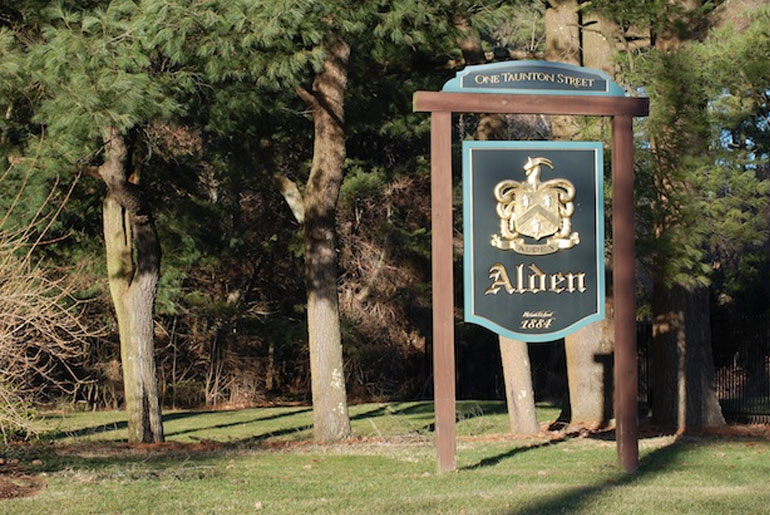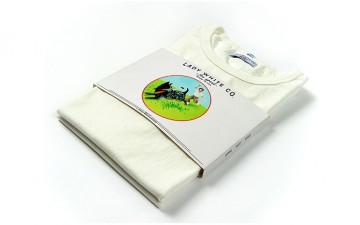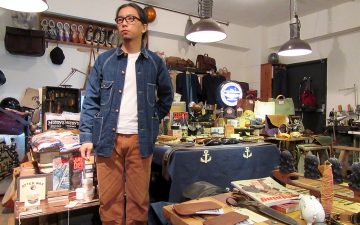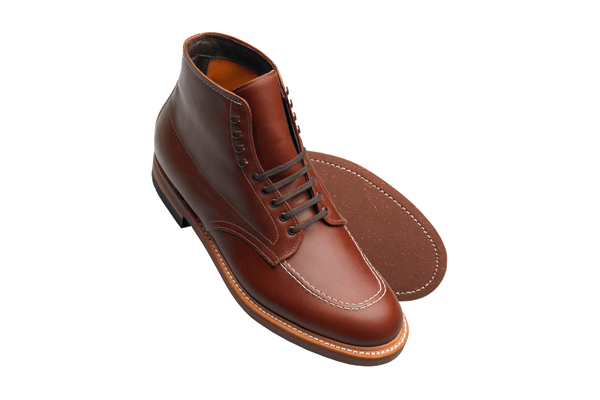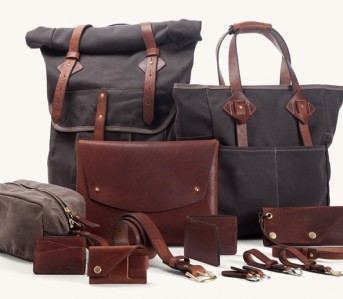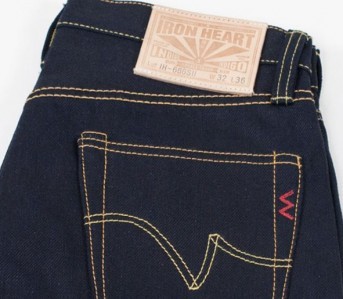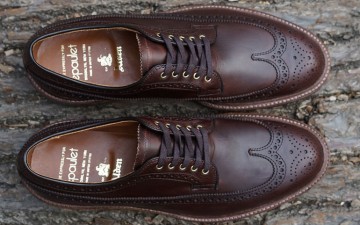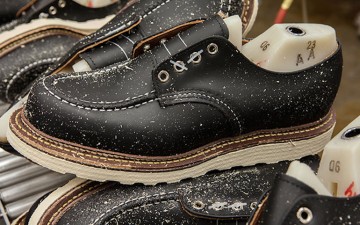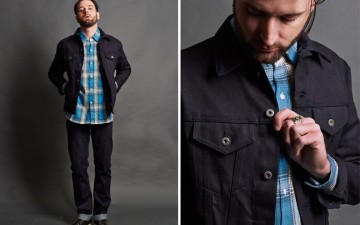Alden is now the last surviving New England shoe manufacturer. Based in a region that was once the bedrock of American shoe manufacturing in the nineteenth century, the family owned company has outlasted every other producer in the area. Known for their classics like the Indy Boot, Unlined Chukka, or Longwing Blucher, Alden has carved out a place in not just the history of American shoemaking but the United States itself.
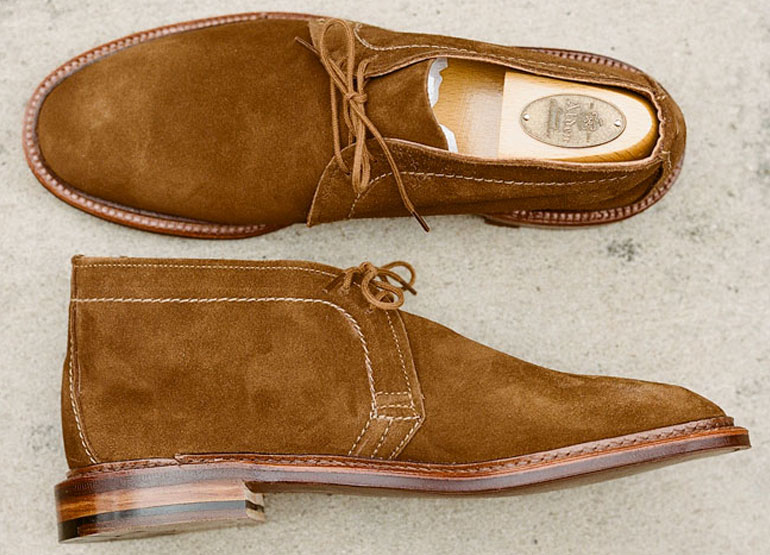
Alden unlined chukka in snuff suede.
Alden was founded in Middlebury, Massachusetts in 1884 by Charles H. Alden. Although he arrived late to New England manufacturing scene, his timing could not have been better. In the 1830s, shoe manufacturing was the second only to farming as the most predominant industry in the region. The trade employed over 38,000 men and women.
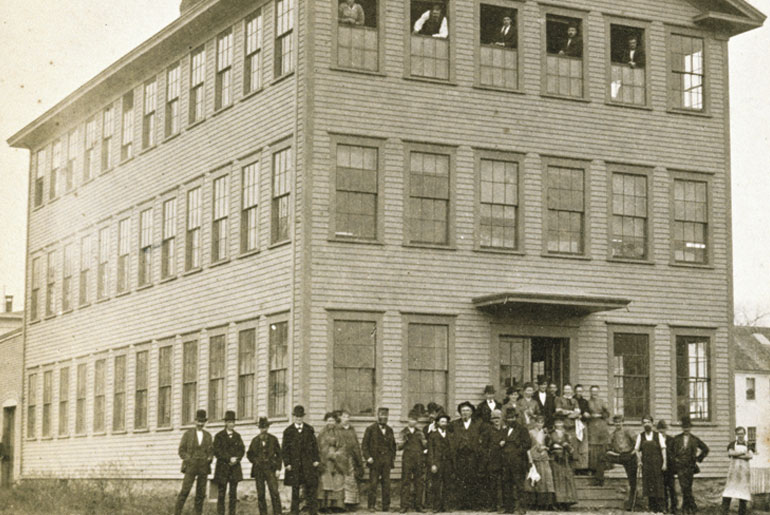
The opening of the original Alden factory in MIddlebury, Massachusetts 1884
Beginning in the 1850s, a series of technical innovations propelled the craft forward by mechanizing many previously manual processes. In 1858, Lyman R. Blake patented a sewing machine that stitched shoe soles to the uppers. By 1874, Charles Goodyear had introduced his signature and now eponymous welting method that made it easier for shoes to be continuously resoled without damaging the uppers. Finally, Jan Ernst Matzeliger developed the first mechanized shoe-lasting machine in 1882, which enabled him to produce between 150-700 shoes a day.
Alden opened his doors shortly thereafter, in 1884, when productivity gains were on the order of five to seven hundred percent from previous generations of shoemakers and as demand expanded in the Western United States.
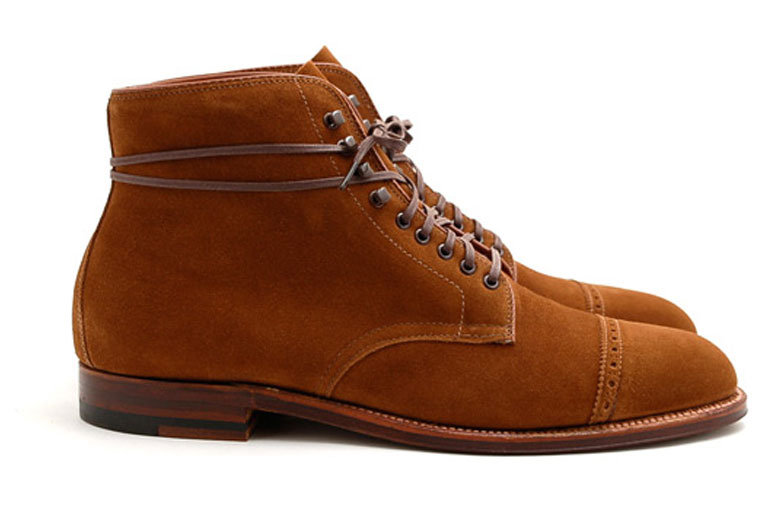
Alden for Leffot Cooney Boot
Times were good until the Great Depression in the 1930s when many shoe factories shuttered. Although greatly affected, Alden remained afloat with two operating factories, one in Middlebury and the other in Brocket. Alden, himself, retired in 1933 and ownership passed on to his son. The company was able to stay solvent from the progressive build up to World War II, which reworked American manufacturers including Alden and Red Wing to produce combat boots.
After the war, the demanding post-war climate saw to the further winnowing of the competition, with the exploration of new materials taking precedent to the continuation of old methods. In spite of the dearth of traditional shoe factories, Alden prospered, by choosing to focus on producing high-quality footwear in a manner that differentiated them from the increasingly mass-market environment.
After investing in research and development for orthopedic footwear—based in part on the wartime discoveries of Edward Munson—Alden debuted many of the last models they still use today, including the Barrie and Trubalance.
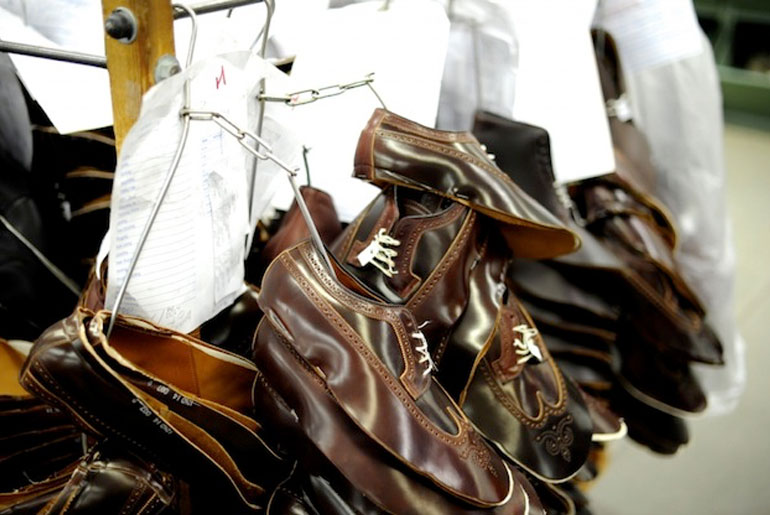
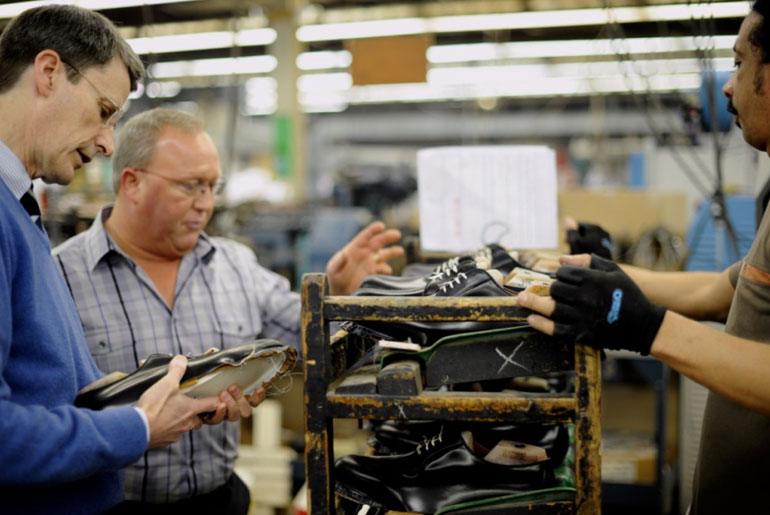
Today, operations are maintained by president Arthur Tarlow Jr. and roughly one hundred workers in its Middlebury factory, many of whom are second and third-generation shoemakers. The company’s best-selling models are some of the Alden’s more recent releases, including the 403 Indy Boot—featured in the Indiana Jones trilogy and the Shortwing, and Longwing Bluchers.
The majority of their models are available in an array of calfskin, suede, and shell cordovan leathers.
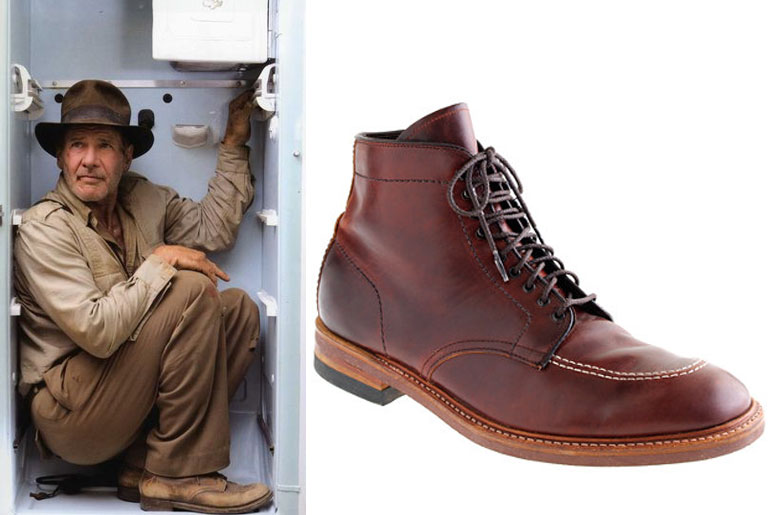
Harrison Ford wearing the 403 ‘Indy Boot’ in “Indiana Jones and the Kingdom of the Crystal Skull” (2008). Sorry to remind you of the “nuking the fridge” scene, but it show’s the boots pretty well.
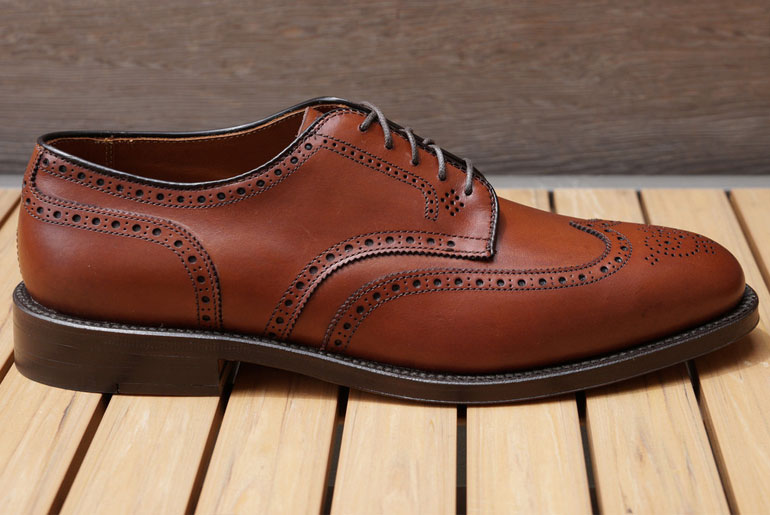
Alden for Epaulet shortwing blucher.
Alden has benefitted tremendously from the menswear revival, and they’re often one of the first shoemakers to roll off the tongues of footwear enthusiasts. They’ve done collaborations with boutiques like Context, Epaulet, Need Supply Co., among dozens of others.
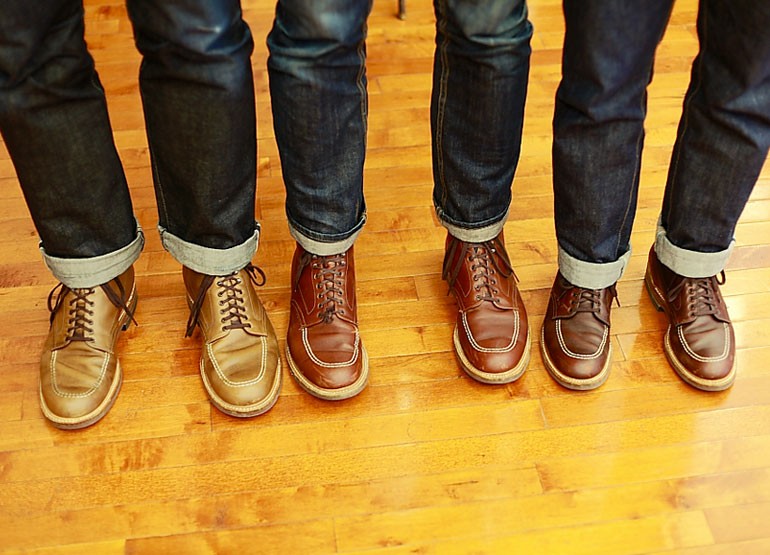
By splitting the difference between the aesthetic of a classic dress shoe and the comfort of an American-made work boot, Alden was able to successfully carve out its own tradition, indebted to the historical methods of Northhampton shoemakers while embracing the entrepreneurial spirit that help makes it thoroughly American.
